HISTORY OF MALTA
Malta is a small island nation located in the central Mediterranean Sea, south of Sicily. The history of Malta can be traced back to prehistoric times, and the island has been inhabited by various peoples over the centuries. Malta has a long history and was first inhabited in around 5900 BC. The first inhabitants were farmers, and their agricultural methods degraded the soil until the islands became uninhabitable. The islands were repopulated in around 3850 BC by a civilization which at its peak built the Megalithic Temples, which today are among the oldest surviving buildings in the world. Here is a brief overview of the history of Malta from its early days to the present day:
Prehistoric Malta (5000 BC - 700 BC):
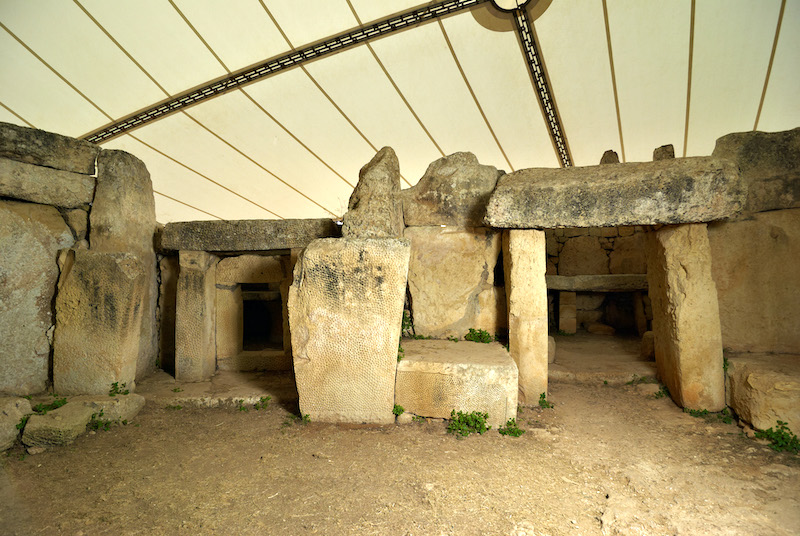 The earliest known inhabitants of Malta were Neolithic people who arrived on the island around 5000 BC. They were followed by the Temple Builders, who constructed several impressive megalithic temples on the island between 3600 BC and 2500 BC. These temples, including the famous ones at Ħaġar Qim and Mnajdra, are among the oldest freestanding structures in the world.
The earliest known inhabitants of Malta were Neolithic people who arrived on the island around 5000 BC. They were followed by the Temple Builders, who constructed several impressive megalithic temples on the island between 3600 BC and 2500 BC. These temples, including the famous ones at Ħaġar Qim and Mnajdra, are among the oldest freestanding structures in the world.
Phoenician and Carthaginian Rule (700 BC - 218 BC):
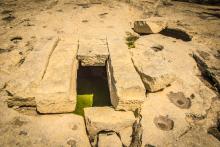 Around 700 BC, Phoenician traders established a colony on Malta, which they called Malat. The Phoenicians were followed by the Carthaginians, who ruled over the island until the First Punic War in 218 BC 720 BC - A Phoenician colony is founded on Malta. This maritime power based on trade and commerce referred to the island as Maleth, which means "shelter". 480 BC - The islands come under the control of Carthage, a former Phoenician colony, and rapidly develop into a Carthaginian naval base, with Birgu (Vittoriosa) as their main harbour. Remnants from this period are found at Tas-Silg (Marsaxlokk - Malta), San Pawl Milqi (Malta)and Ras il-Wardija (Gozo).
Around 700 BC, Phoenician traders established a colony on Malta, which they called Malat. The Phoenicians were followed by the Carthaginians, who ruled over the island until the First Punic War in 218 BC 720 BC - A Phoenician colony is founded on Malta. This maritime power based on trade and commerce referred to the island as Maleth, which means "shelter". 480 BC - The islands come under the control of Carthage, a former Phoenician colony, and rapidly develop into a Carthaginian naval base, with Birgu (Vittoriosa) as their main harbour. Remnants from this period are found at Tas-Silg (Marsaxlokk - Malta), San Pawl Milqi (Malta)and Ras il-Wardija (Gozo).
Roman Rule (218 BC - 535 AD):
 The Roman period in Malta's history lasted from 218 BC to 535 AD, during which time Malta was known as Melita and was an important strategic outpost in the Mediterranean. In 218 BC, the Roman Republic conquered Malta from the Carthaginians, who had previously controlled the island. Malta became part of the Roman province of Sicily and was administered by a Roman governor. Under Roman rule, Malta saw significant changes in its social and economic structures, as the island became an important center of agriculture, mining, and trade. The Romans built numerous public works, including roads, aqueducts, and public baths, and Malta became an important center of culture and learning. During the Christian era, Malta became an important center of Christianity, and St. Paul was said to have been shipwrecked on the island in 60 AD, where he famously converted the Maltese to Christianity. In 395 AD, the Roman Empire was divided into two parts, and Malta became part of the Eastern Roman Empire, also known as the Byzantine Empire. The Byzantine period in Malta's history lasted until the 9th century AD, when the island was conquered by Arab forces.
The Roman period in Malta's history lasted from 218 BC to 535 AD, during which time Malta was known as Melita and was an important strategic outpost in the Mediterranean. In 218 BC, the Roman Republic conquered Malta from the Carthaginians, who had previously controlled the island. Malta became part of the Roman province of Sicily and was administered by a Roman governor. Under Roman rule, Malta saw significant changes in its social and economic structures, as the island became an important center of agriculture, mining, and trade. The Romans built numerous public works, including roads, aqueducts, and public baths, and Malta became an important center of culture and learning. During the Christian era, Malta became an important center of Christianity, and St. Paul was said to have been shipwrecked on the island in 60 AD, where he famously converted the Maltese to Christianity. In 395 AD, the Roman Empire was divided into two parts, and Malta became part of the Eastern Roman Empire, also known as the Byzantine Empire. The Byzantine period in Malta's history lasted until the 9th century AD, when the island was conquered by Arab forces.
Byzantine Rule (535 AD - 870 AD):
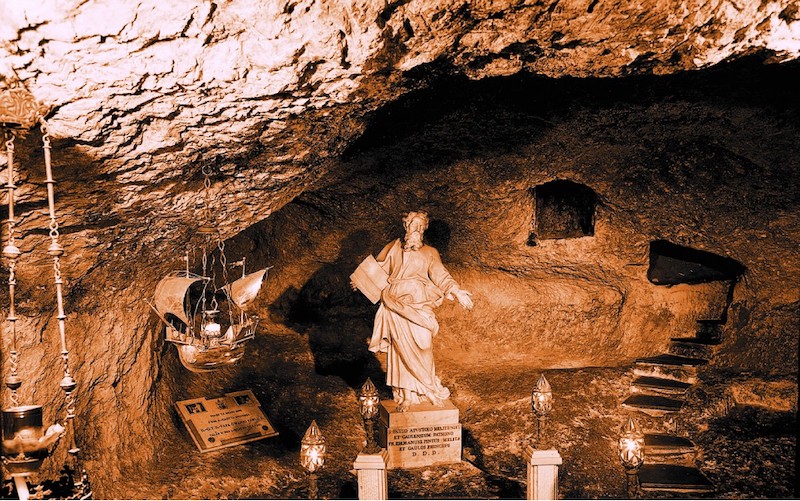 The Byzantine Empire ruled over Malta from the 6th century to the 9th century. During this time, Malta was part of the Exarchate of Africa, a Byzantine territory that included parts of modern-day Tunisia, Libya, and Algeria. The Byzantine period in Malta's history is relatively poorly documented, and little is known about how the empire governed the island. However, it is believed that Malta served as a strategic outpost for the Byzantine navy, which was used to patrol the Mediterranean and defend the empire's interests in the region. Archaeological evidence suggests that the Byzantines may have built a fortification or castle in Malta, which was later expanded and rebuilt by other rulers, including the Arabs and the Knights of St. John. Overall, the Byzantine period had a relatively small impact on Malta's history, and the island remained a relatively remote and peripheral part of the empire. However, the Byzantine legacy can still be seen in the island's architecture, culture, and traditions
The Byzantine Empire ruled over Malta from the 6th century to the 9th century. During this time, Malta was part of the Exarchate of Africa, a Byzantine territory that included parts of modern-day Tunisia, Libya, and Algeria. The Byzantine period in Malta's history is relatively poorly documented, and little is known about how the empire governed the island. However, it is believed that Malta served as a strategic outpost for the Byzantine navy, which was used to patrol the Mediterranean and defend the empire's interests in the region. Archaeological evidence suggests that the Byzantines may have built a fortification or castle in Malta, which was later expanded and rebuilt by other rulers, including the Arabs and the Knights of St. John. Overall, the Byzantine period had a relatively small impact on Malta's history, and the island remained a relatively remote and peripheral part of the empire. However, the Byzantine legacy can still be seen in the island's architecture, culture, and traditions
Arab Rule (870 AD - 1091 AD):
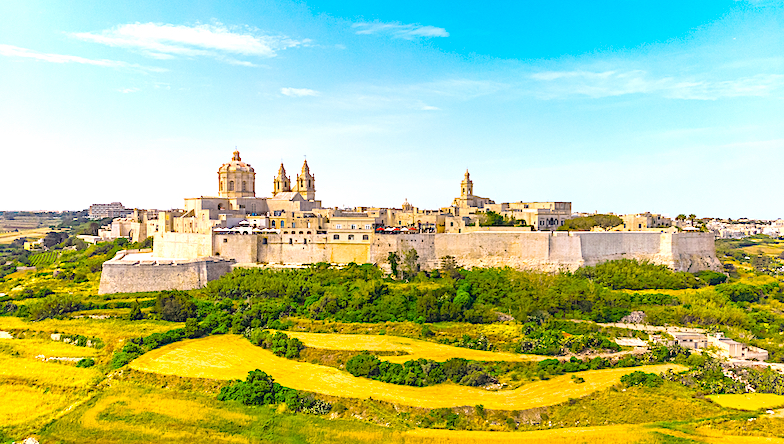 During the Arab Rule of Malta from 870 AD to 1091 AD, the island experienced significant changes in its social, cultural, and economic landscape. In 870 AD, Arab forces captured Malta and ruled over the island for over two centuries. Under Arab Rule, Malta also became an important center for trade and commerce, with the island's strategic location in the Mediterranean making it a hub for the exchange of goods and ideas between the Arab world and Europe. The Arab rulers encouraged trade and commerce, which led to the development of a thriving economy on the island, with agriculture, fishing, and manufacturing industries all contributing to Malta's prosperity. The Arab conquerors also left their mark on the island's architecture, with the construction of numerous mosques, palaces, and fortifications. Unfortunately, there are no surviving historical buildings in Malta that can be definitively attributed to the Arab era of the islands' history. This is largely due to the fact that much of the architecture and infrastructure from that time period were made from perishable materials, such as mud brick and wood, which have long since decayed or been destroyed. However, there are some archaeological remains and other traces of the Arab era that have been uncovered over the years, including elements of Islamic decorative motifs and some Arabic inscriptions. One notable example is the Arab-style garden at the Casa Rocca Piccola, a historic palace in Valletta that features elements of traditional Islamic horticulture. Additionally, some historians believe that the layout and design of some of Malta's medieval towns and villages may have been influenced by the Arab architects and urban planners who were active in the region during the 9th and 10th centuries.
During the Arab Rule of Malta from 870 AD to 1091 AD, the island experienced significant changes in its social, cultural, and economic landscape. In 870 AD, Arab forces captured Malta and ruled over the island for over two centuries. Under Arab Rule, Malta also became an important center for trade and commerce, with the island's strategic location in the Mediterranean making it a hub for the exchange of goods and ideas between the Arab world and Europe. The Arab rulers encouraged trade and commerce, which led to the development of a thriving economy on the island, with agriculture, fishing, and manufacturing industries all contributing to Malta's prosperity. The Arab conquerors also left their mark on the island's architecture, with the construction of numerous mosques, palaces, and fortifications. Unfortunately, there are no surviving historical buildings in Malta that can be definitively attributed to the Arab era of the islands' history. This is largely due to the fact that much of the architecture and infrastructure from that time period were made from perishable materials, such as mud brick and wood, which have long since decayed or been destroyed. However, there are some archaeological remains and other traces of the Arab era that have been uncovered over the years, including elements of Islamic decorative motifs and some Arabic inscriptions. One notable example is the Arab-style garden at the Casa Rocca Piccola, a historic palace in Valletta that features elements of traditional Islamic horticulture. Additionally, some historians believe that the layout and design of some of Malta's medieval towns and villages may have been influenced by the Arab architects and urban planners who were active in the region during the 9th and 10th centuries.
Norman and Sicilian Rule (1091 AD - 1530 AD):
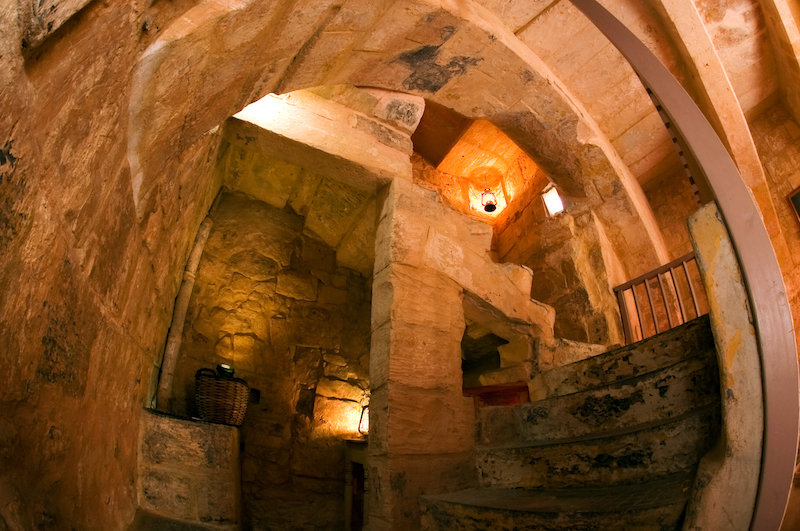 The Norman and Sicilian periods in Malta's history lasted from 1091 AD to 1530 AD, during which time Malta was ruled by various foreign powers, including the Normans, the Swabians, and the Angevins. The Normans conquered Malta in 1091, and the island became part of the Kingdom of Sicily, which was ruled by the Norman king Roger II. Under Norman rule, Malta saw significant changes in its social and economic structures, including the introduction of feudalism and the establishment of a Catholic diocese on the island. In the 13th century, Malta came under the rule of the Swabian dynasty, and later the Angevin dynasty. During this time, Malta became a strategic center for Mediterranean trade, and the island's economy and population grew significantly. In 1530, Malta was granted to the Knights of St. John by the Holy Roman Emperor Charles V, who had expelled the knights from their previous base on the island of Rhodes. The Knights would go on to rule Malta for nearly three centuries, leaving a lasting impact on the island's culture, architecture, and society. Overall, the Norman and Sicilian periods were a time of significant political and economic change for Malta, as the island became an important center of Mediterranean trade and a hub for various foreign powers. However, these periods were also marked by periods of instability and conflict, as rival powers vied for control over the island.
The Norman and Sicilian periods in Malta's history lasted from 1091 AD to 1530 AD, during which time Malta was ruled by various foreign powers, including the Normans, the Swabians, and the Angevins. The Normans conquered Malta in 1091, and the island became part of the Kingdom of Sicily, which was ruled by the Norman king Roger II. Under Norman rule, Malta saw significant changes in its social and economic structures, including the introduction of feudalism and the establishment of a Catholic diocese on the island. In the 13th century, Malta came under the rule of the Swabian dynasty, and later the Angevin dynasty. During this time, Malta became a strategic center for Mediterranean trade, and the island's economy and population grew significantly. In 1530, Malta was granted to the Knights of St. John by the Holy Roman Emperor Charles V, who had expelled the knights from their previous base on the island of Rhodes. The Knights would go on to rule Malta for nearly three centuries, leaving a lasting impact on the island's culture, architecture, and society. Overall, the Norman and Sicilian periods were a time of significant political and economic change for Malta, as the island became an important center of Mediterranean trade and a hub for various foreign powers. However, these periods were also marked by periods of instability and conflict, as rival powers vied for control over the island.
Knights of St. John Rule (1530 AD - 1798 AD):
The Knights of St. John, also known as the Knights Hospitaller, ruled over Malta from 1530 to 1798. The knights were a Catholic military order that had been expelled from their previous base on the island of Rhodes by the Ottoman Empire. Upon arriving in Malta, the knights were granted the title of "Lords of the Island" by the Holy Roman Emperor Charles V, and they quickly set about fortifying the island and building a new capital city, Valletta. Under the Knights' rule, Malta became a center of Mediterranean trade and commerce, and the island's strategic location made it a target for attacks by rival powers. The most famous of these attacks was the Great Siege of 1565, when the Ottoman Empire besieged Malta for several months before ultimately being repelled by the knights and their allies. During the Knights' rule, Malta also became a center of art, culture, and religion, with the construction of numerous churches, palaces, and other landmarks. The knights also established a system of hospitals and charities, which provided care and assistance to the island's inhabitants. In 1798, the Knights' rule came to an end when Napoleon Bonaparte invaded Malta, forcing the knights to surrender after a brief siege. The Knights' legacy can still be seen in Malta today, through its architecture, culture, and traditions, as well as the continuing presence of the Knights of St. John as a religious order.
French Occupation: 1798 – 1800):
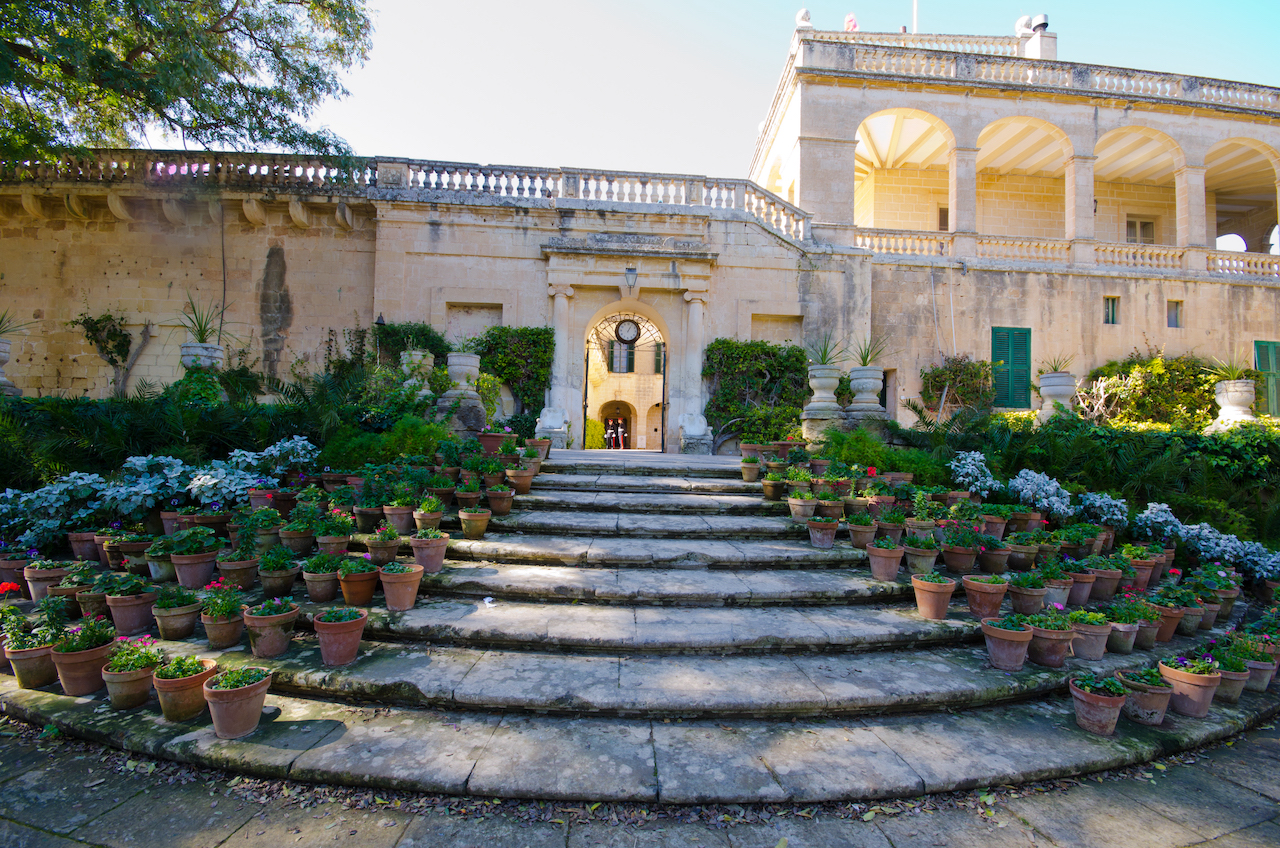 1798 - Napoleon invades Malta. Mdina (Notabile) capitulates on 10 June. The act of capitulation of Mdina is signed on the one part by Vincenzo Barbara representing the French Republic and the Hakem together with the jurats representing the people 1798 - Tsar Paul I of Russia become de facto Grand Master of the Order, and orders the creation of a "Throne of Malta," in the Vorontsov Palace in St. Petersburg (now on display in the State Hermitage Museum). 1799 - The Maltese people rebelled against the French following extensive pillaging of Maltese churches and cathedrals, and the French garrison of General Claude-Henri Belgrand de Vaubois retreated into Valletta. After several failed attempts by the locals to retake Valletta, the British were asked for their assistance. Rear Admiral Lord Horatio Nelson decided on a total blockade in 1799. 1800 - The French surrender. General Vaubois surrendered and with Rear Admiral Villeneuve, Major General Pigot and Captain Martin, signed the articles of Capitulation. During the occupation, the French established a new government, known as the "Maltese Republic," which introduced a number of significant reforms, including the abolition of feudalism and the introduction of civil rights. However, these reforms were short-lived, as the French soon imposed their own authoritarian rule and began to confiscate the island's wealth, including art treasures and religious relics. The occupation was characterized by a number of violent incidents, including the execution of Maltese rebels who had risen up against the French rule. Ultimately, the French occupation of Malta was short-lived, as British forces, with the support of the Maltese population, succeeded in driving the French out of the island in 1800. The British subsequently took control of Malta, beginning a new period in the island's history that lasted for over 160 years.
1798 - Napoleon invades Malta. Mdina (Notabile) capitulates on 10 June. The act of capitulation of Mdina is signed on the one part by Vincenzo Barbara representing the French Republic and the Hakem together with the jurats representing the people 1798 - Tsar Paul I of Russia become de facto Grand Master of the Order, and orders the creation of a "Throne of Malta," in the Vorontsov Palace in St. Petersburg (now on display in the State Hermitage Museum). 1799 - The Maltese people rebelled against the French following extensive pillaging of Maltese churches and cathedrals, and the French garrison of General Claude-Henri Belgrand de Vaubois retreated into Valletta. After several failed attempts by the locals to retake Valletta, the British were asked for their assistance. Rear Admiral Lord Horatio Nelson decided on a total blockade in 1799. 1800 - The French surrender. General Vaubois surrendered and with Rear Admiral Villeneuve, Major General Pigot and Captain Martin, signed the articles of Capitulation. During the occupation, the French established a new government, known as the "Maltese Republic," which introduced a number of significant reforms, including the abolition of feudalism and the introduction of civil rights. However, these reforms were short-lived, as the French soon imposed their own authoritarian rule and began to confiscate the island's wealth, including art treasures and religious relics. The occupation was characterized by a number of violent incidents, including the execution of Maltese rebels who had risen up against the French rule. Ultimately, the French occupation of Malta was short-lived, as British forces, with the support of the Maltese population, succeeded in driving the French out of the island in 1800. The British subsequently took control of Malta, beginning a new period in the island's history that lasted for over 160 years.
British Rule (1800 AD - 1964 AD):
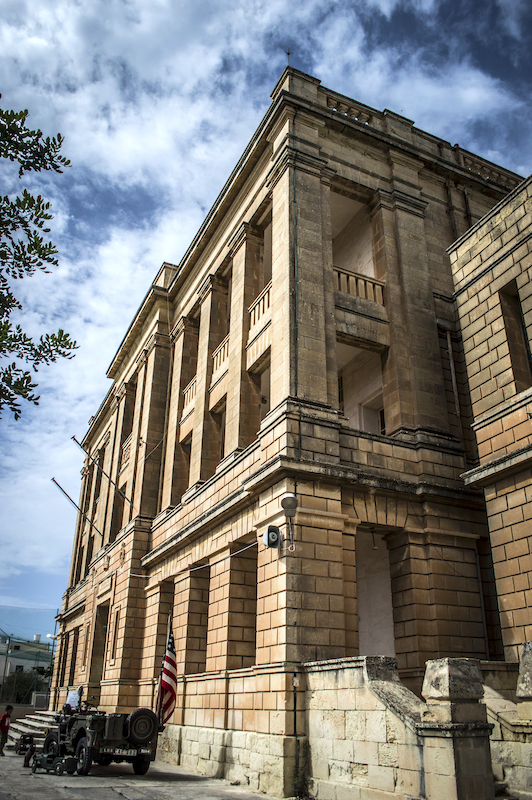 Malta was a British colony from 1814 to 1964, a period that had a significant impact on the island's history and development. In 1800, Malta became a British protectorate after the Maltese people asked Britain to help defend them from French invasion. In 1814, Malta became a crown colony of the British Empire, with the British government taking direct control of the island. Under British rule, Malta underwent significant changes, including improvements in infrastructure, education, and healthcare. The British also established a strong military presence on the island, building numerous forts and other defensive structures. During World War II, Malta played a critical role as a strategic base for the Allies, and the island was heavily bombed by Axis powers. After the war, Malta's people began to push for independence, which was finally granted in 1964, after years of negotiations. The country remained a member of the British Commonwealth until 1974.
Malta was a British colony from 1814 to 1964, a period that had a significant impact on the island's history and development. In 1800, Malta became a British protectorate after the Maltese people asked Britain to help defend them from French invasion. In 1814, Malta became a crown colony of the British Empire, with the British government taking direct control of the island. Under British rule, Malta underwent significant changes, including improvements in infrastructure, education, and healthcare. The British also established a strong military presence on the island, building numerous forts and other defensive structures. During World War II, Malta played a critical role as a strategic base for the Allies, and the island was heavily bombed by Axis powers. After the war, Malta's people began to push for independence, which was finally granted in 1964, after years of negotiations. The country remained a member of the British Commonwealth until 1974.
Modern Malta (1964 AD - present):
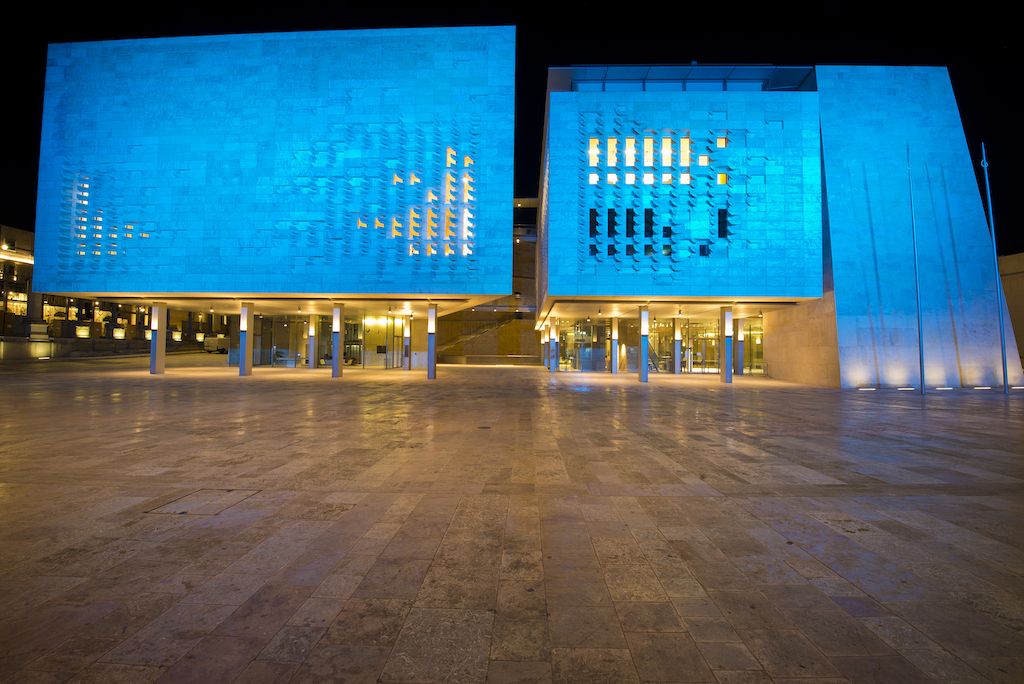 Following Malta's independence from Britain in 1964, the country established a parliamentary democracy with a president as the head of state and a prime minister as the head of government. In the 1970s and 1980s, Malta experienced political and economic instability, including a period of socialist rule under the leadership of Prime Minister Dom Mintoff. In the 1990s, the country began to shift towards a more market-oriented economy, and in 2004, Malta became a member of the European Union. Since joining the EU, Malta has experienced significant economic growth, particularly in the tourism and financial services sectors. The country has also been working to modernize its infrastructure, including improvements to its transportation and telecommunications networks. Malta has also become a hub for international business and investment, attracting companies from around the world. Overall, Malta's modern history has been marked by significant changes and challenges, as the country has navigated its transition from a British colony to an independent nation and a member of the European Union.
Following Malta's independence from Britain in 1964, the country established a parliamentary democracy with a president as the head of state and a prime minister as the head of government. In the 1970s and 1980s, Malta experienced political and economic instability, including a period of socialist rule under the leadership of Prime Minister Dom Mintoff. In the 1990s, the country began to shift towards a more market-oriented economy, and in 2004, Malta became a member of the European Union. Since joining the EU, Malta has experienced significant economic growth, particularly in the tourism and financial services sectors. The country has also been working to modernize its infrastructure, including improvements to its transportation and telecommunications networks. Malta has also become a hub for international business and investment, attracting companies from around the world. Overall, Malta's modern history has been marked by significant changes and challenges, as the country has navigated its transition from a British colony to an independent nation and a member of the European Union.
